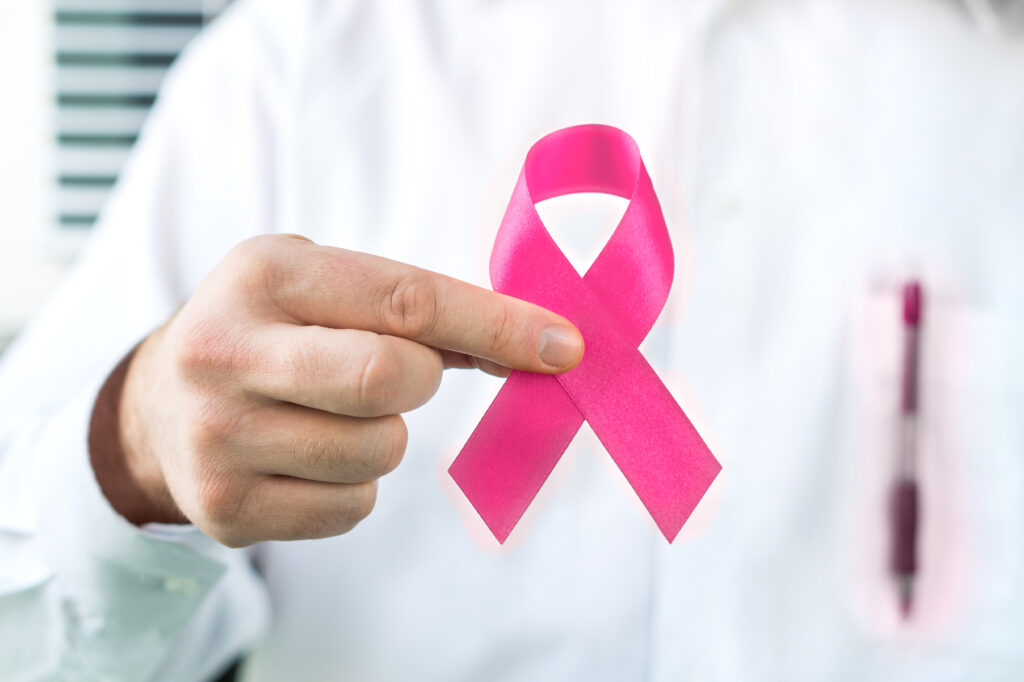When most people hear of breast cancer, they associate it with women. According to general surgeon Andrew Nackashi, DO, with South Georgia Surgical, men are less likely to develop breast cancer due to lower levels of certain hormones that affect the cells within the breast. However, it is estimated that there will still be 480 breast cancer deaths, among men in the US in 2018.
Like all cancers, early detection is key. Dr. Nackashi says that men are less likely to report symptoms of breast cancer, causing diagnosis at a later stage than most women.
If you notice any of these symptoms, don’t hesitate to discuss them with your doctor:
• Lump or hard knot in the breast, chest, or underarms
• Change in the size or shape of the breast
• Sore or rash on the nipple
Dr. Nackashi explained that genetics play a large role in cases of male breast cancer. If a male has two first degree relatives with breast cancer, it’s recommended that they should be tested for the BRCA gene.
Don’t wait until symptoms get worse—just as with any other cancer, early detection is key. Besides, if something you think is a symptom of breast cancer turns out not to be serious, it will only give you peace of mind to talk to a doctor.

